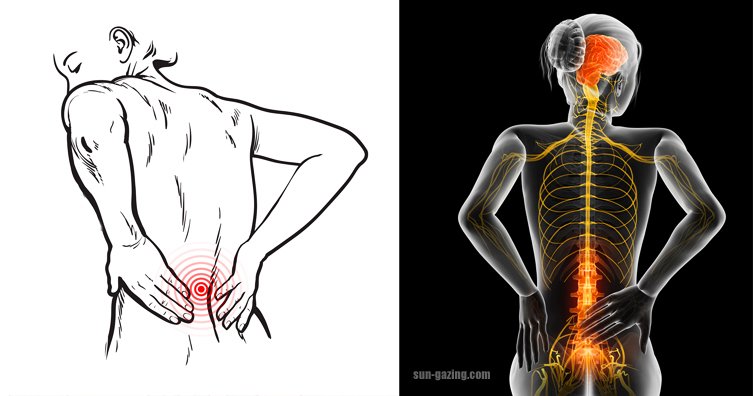5 Thing You Should Stop Doing Immediately If You Are Experiencing Any Back Pain!
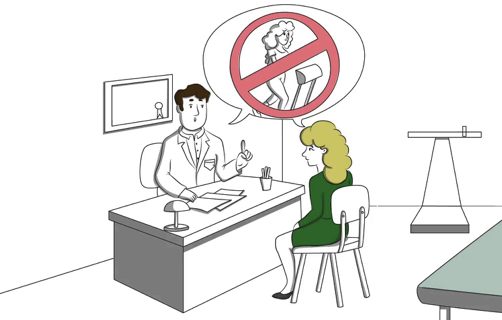
Back pain is something that everyone will experience at some point in their life. If you’re lucky it ends up being minor and temporary, but for some people it turns into a chronic, debilitating nightmare. Even with all the advances that modern medicine has made and afforded people, back pain remains the world’s number one leading cause of disability related issues.
According to the American Chiropractic Association (ACA) at any given moment an estimated 31 million Americans are experiencing lower-back pain and every year they spend at least $50 billion in their search to find comfort and relief.
The statistics are grim, but thankfully there are some things that you can do, and refrain from doing, to help improve how you feel. Refer to the accompanying video for more information and if you’re presently suffering from back pain, or happen to know someone who is, the following things should be avoided.
1) Stop slumping and slouching! Posture is a major factor that can determine whether or not you end up developing an achy back problem. When your mother told you to sit up straight with your shoulders back and both feet on the ground, she was right. Practicing better posture can help to alleviate back pain and even keep it at bay.
2) Take it easy. The majority of back pain cases stem from mechanical types of problems, like a slipped disk or a pulled muscle. By simply slowing down and spending more time resting, you can help your body heal and avoid further aggravating the underlying problem.
3) Stop carrying heavy stuff. Obviously you don’t want to head out to the gym to pump some heavy iron when your back is feeling less then optimal. However, people often overlook the many other things that they may be lugging around and carrying throughout the day. The list is long and the items on it can be heavy; backpacks, purses, luggage, briefcases, grocery bags, small children, boxes and packages that come in the mail, etc.
In the age of over-sized totes and carry-all bags, it’s easy to further strain an already strained back. Try to avoid lifting anything that may be heavier than a total of 5 pounds for at least one week after you first experience any pain. That way your back has a chance to rest, recover and heal.
4) Don’t lay in bed or stop being active. You should aim to keep busy and on your feet, so long as you stay within your comfort limits. Just because your back hurts, it doesn’t mean you have to stop doing everything. Staying active can sometimes help your body heal faster, it can keep you flexible and make you less prone to further potential injury.
Light exercise, yoga, and a daily walk are all excellent ways to stay on your feet. However, if it hurts too much you should stop whatever you’re doing and keep resting, never strain yourself further
5) Don’t wait until the pain is unbearable or it’s been around forever. If the back pain you experience doesn’t lessen or go away after awhile, or gets worse, you need to go see a doctor. Only a medical professional can pinpoint the exact cause of back pain and help you to manage it.
If the pain is chronic and severe, the underlying cause may be a more serious condition, such as an infection, cancer, fracture, or inflammatory arthritis. Visiting a doctor can also help put your mind at ease and less stress means better overall health.
Please Share This With Family and Friends
VIDEO: Exercises and Stretches To Relieve Sciatica Nerve Pain!
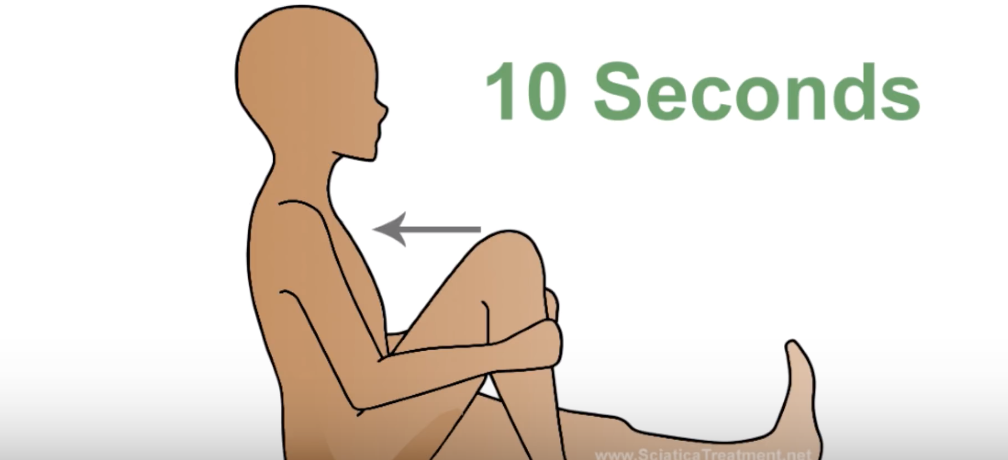
People who have Sciatica know all too well how painful and debilitating it can be. While there are several variations and causes of the condition, it’s generally characterized as back pain that originates in the buttocks and lower spine area which then radiates down the body.
Most people who suffer from it report pain in the thigh area, and for some it extends even further down to their feet. Sciatica is also commonly referred to as sciatic nerve pain because it’s caused by pressure, irritation, and/or pinching of the nerves that travel from the spinal cord to the sciatic nerves.
The areas surrounding the nerves in the lower back become inflamed and in turn a shooting, intense type of pain travels out along the affected nerves. This pain can be exacerbated when the person sneezes, coughs, or does something that puts pressure on the area and even regular day t day activities can cause it to suddenly flare up.
The most common treatment for sciatica includes a combination of pain medications to help manage the discomfort and limiting activities which tend to put stress on the lower back. Those who suffer re-current flare ups often know what causes it to act up and can avoid certain activities they have linked to the onset of pain. By resting and limiting activities the pain can be reduced and for most people, around 90%, it disappears completely within 3-6 weeks.
Sciatica has been known to affect the human body for hundreds of years and there are entire areas of ancient traditional medicine which focus on treating it. Some take the view that dietary or environmental changes can help cure it, while others posit that the best treatment is exercise. In fact, physical therapists and doctors often suggest patients do certain exercises that target the affected area and many people have found relief this way.
The video that follows shows how to do a one minute stretch routine that helps to relieve sciatica pain and speed up healing. It can be done in the comfort of your home and comments on the video show that it has helped many to get back to feeling normal and healthy again. Hopefully it will work for you as well if you suffer from sciatic nerve pain. Please help to inform others who may benefit from this by sharing it and stay positive!
Please Share These Exercises With Family and Friends
Simple Life Hacks To Relieve Sciatica and Lower Back Pain Quickly
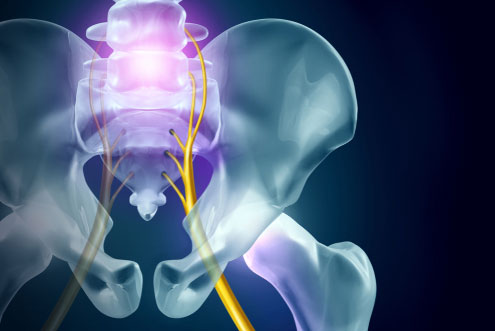
Sciatica is a painful and debilitating condition to have to suffer through. If you’ve ever experienced it then you know how miserable the severe nerve pain makes you feel, it’s both mentally and physically exhausting! Simple everyday activities, such as sitting down or standing up and walking across the room, suddenly become hard to do and it can really affect life and spirit. There are several causes and variations of sciatica but the medical condition is most generally characterized as back pain originating in the buttocks or lower spine area, which goes down the leg(s) and radiates through the lower body area.
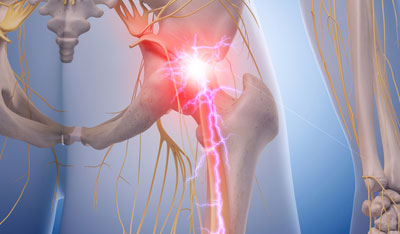
The reason why sciatica is referred to as sciatic nerve pain is because it stems from the irritation, pressure, and/or pinching of several nerves which run from the spinal cord to the sciatic nerves. When the area surrounding the nerves in the lower back and spine becomes severely inflamed it causes an intense, radiating type of pain to shoot out along those affected sciatic nerves.
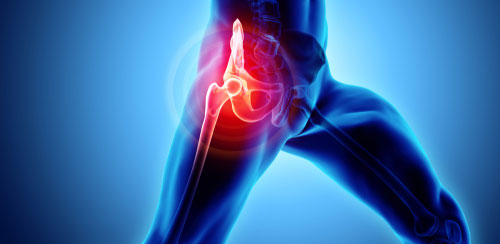
The pain tends to range from moderate and manageable to severe and intolerable, but it can get a lot worse. People report that sneezing, coughing, getting up or sitting down too quickly, sudden movements, and things that put strain and pressure on the area can cause the pain to suddenly flare up.
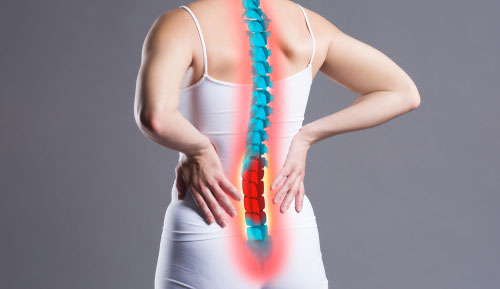
A combination of lifestyle changes and medicine is how sciatica is treated. To help manage discomfort and pain medications may be prescribed and doctors recommend that patients take NSAIDs, like Aleve, to help reduce swelling and inflammation in the lower back. You should also try to stay active and strengthen your core to prevent future flare ups. Yoga is one of the best ways to condition your body and get into shape and it’s highly recommended that you start stretching.
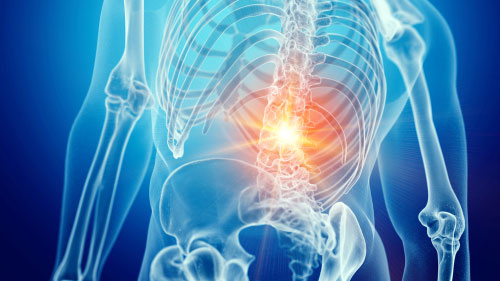
Activities that place a lot of stress on the lower back should also be limited. In particular, bending or folding forward should be avoided like the plague! In the accompanying video on sciatic nerve pain you will learn some great tips to relieve pain quickly. There are some great tips on how to work yoga and gentle stretches into your recovery approach and going forward from there. You’ll likely learn something new so check the video out, it’s short and straight to the point.
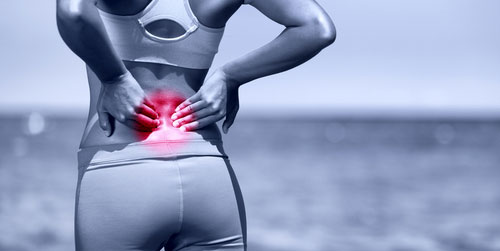
Hopefully the tips can help you find relief if you suffer from sciatic nerve pain and it turns out to be beneficial to both your health and overall well-being.

Please Share This With Family and Friends Who Need Some Relief
If You Suffer Daily From Lower Back and Sciatica Pain Stop It Just Using a Tennis Ball
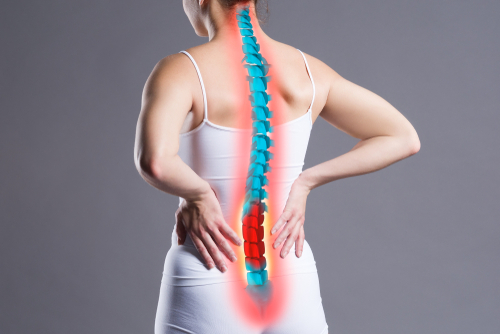
Lower back pain can be experienced by people of all ages, and can severely hamper your lifestyle as well as your overall mood; being plagued by chronic pain can be very depressing For people who work out regularly, this can result from over stressing muscles, or incorrect form when lifting heavy objects. This should be dealt with properly when you are young, so that injuries do not become chronic and more serious. As we age, lower back pain can become more disabling, as the main culprit…Sciatica, becomes involved.
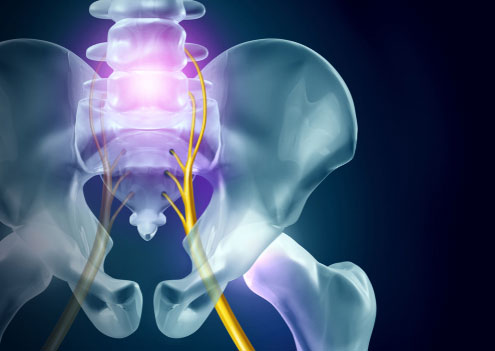
Sciatica is a condition that involves the sciatic nerve; this nerve runs down your back and into your legs. According to PositiveMed, when the sciatic nerve is pinched or compressed by a herniated disk, the condition known as Sciatica occurs making movement difficult and painful.
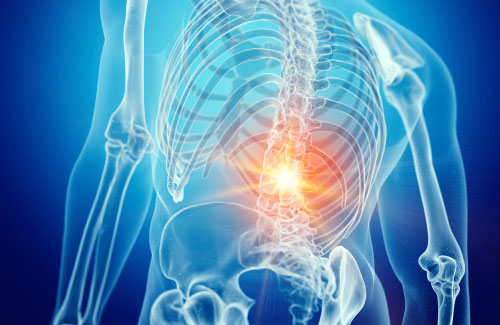
The video that you are about to watch below, is a Godsend for those of us who want to
manage our own aches and pains in a natural way. It illustrates different techniques, using tennis balls, that will exercise and massage the muscles involved in causing your pain. It helps to break up the adhesions that aid in resolving the acute sciatic pain.
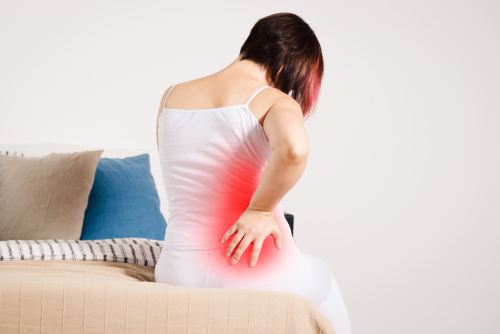
These wonderful techniques serve to treat the symptoms of sciatica, however it doesn’t address the cause. An appropriate doctor should be seen to determine whether there is disc involvement or any malformations. Anti-inflammatory drugs, hot and cold packs, as well as other treatments may well serve the remediation of your symptoms.

Please Share this with your friends and family
5 All Natural Ways To Get Rid Of Your Sciatica and Lower Back Pain Without Surgery Or Pain Pills
Sciatica is a painful and debilitating nerve condition that can flare up at any moment. If you’ve ever had to suffer through episodes of it, you know how absolutely miserable the severe nerve pain can truly be. Everyday activities can become extremely hard and painful to do, and after experiencing it for awhile your quality of life quickly begins to suffer and diminish. It ends up affecting not only your body, but also your mind and spirit.
While there are several causes and variations of sciatica, the medical condition is commonly known as general back pain which originates in the lower spine or buttocks area. This pain then radiates outwards, traveling through the lower body area and down either one or both legs. Sciatica got its name because it stems directly from the pinching, pressure, and irritation of the nerves which link the spinal cord to the sciatic nerves. Whenever this area becomes aggravated or inflamed the intense, shooting pain that’s associated with sciatica is what results from it.
For many people the pain is moderate to severe, but for some it’s excruciating, to the point that it becomes intolerable. Common reactions and movements including sneezing, coughing, getting up, sitting down, rolling over in bed, and simply walking, are no longer simple to do. They result in additional pressure and strain on the lower back area which then stresses the nerves and causes that radiating pain to flare up. Many report that one of the worst parts about it is how unpredictable and out of the blue the onset of the pain can be, it’s almost like a knee-jerk reaction.
There are a number of ways to treat sciatica that range from medications to lifestyle adjustments, but the focus here is on the best all-natural ways to reduce and manage sciatic pain. One thing that helps is staying active and maintaining a strong core, which helps to prevent future episodes. Also, getting plenty of sleep helps greatly because it gives your body a chance to rebuild, rest, and heal. Other than these simple things mentioned here, you can also try out the following five ways to reduce sciatic nerve pain:
1. YOGA- Yoga is among the most gentle and effective ways to condition your body and get into overall shape. For sciatica pain doctors and physical therapists often advise their patients to do certain exercises which target the affected area and many people have found relief this way. At the same time however, activities that place a lot of stress on the lower back should be limited and avoided as much as possible, especially bending or folding forward.
At the very least, it’s highly recommended that you start stretching. The accompanying video shows you how to do a one minute stretch routine that helps relieve sciatica pain and speed up healing. It can be done in your spare time, whenever and wherever, and the comments under the video show how it has helped tons of people get back to feeling normal and healthy again. Hopefully it will work for you as well if you suffer from sciatica!
2. MASSAGE- When your back hurts due to sciatic nerve pain it causes your muscles to tense and tighten up. This often exacerbates the pain and inflammation further, which is why a nice, relaxing, deep massage can help to relieve your aching body. Besides loosening your muscles up, a massage also leads to the release of endorphins which make you feel better and help to fight the pain.
3. HOT & COLD COMPRESS- Alternating between hot and cold treatments for sciatica can greatly relieve the pain. Placing an ice pack on the area helps to reduce inflammation, while a heating pad or warm bath works to stimulate and increase blood flow.
4. STAND UP- For the majority of people, spending a lot of time sitting down is normal. We sit while we’re waiting, when we’re traveling or going places, and when we get to where we are going, we sit down again! Not to mention working at a desk and sitting for long stretches of time at work. All that sitting can aggravate an already inflamed lower back even more and make it feel stiff as heck.
You need to get up more often and get moving! This will get your blood flowing again and keep your back from becoming tight and stiff. If you can, work while standing up and look into getting a standing desk. At the very least, get up and move around every once in awhile to avoid sitting for prolonged periods of time.
5. ACCUPUNCTURE- This is a wonderful alternative type of treatment that has worked for many sciatic nerve pain sufferers. Acupuncture may not be for everyone, especially those who hate needles, but it’s known to be effective at targeting and eliminating inflammation which is the root cause of sciatica. Out of all the issues acupuncture is used to treat, sciatica is the the top-most complained of disorder.
Please SHARE This With Family and Friends

